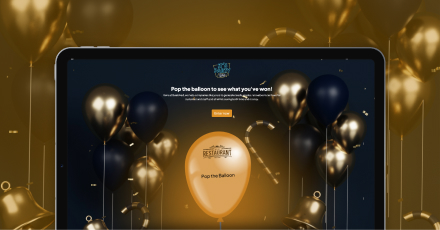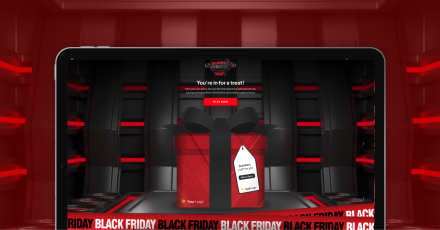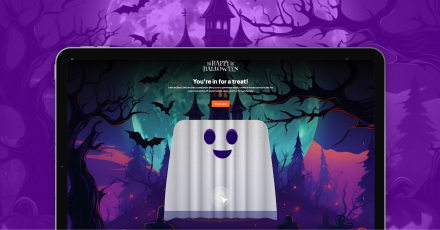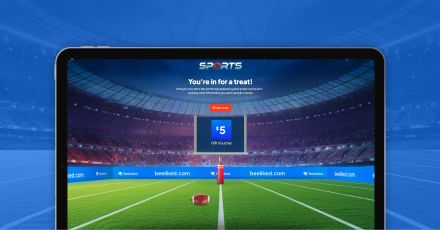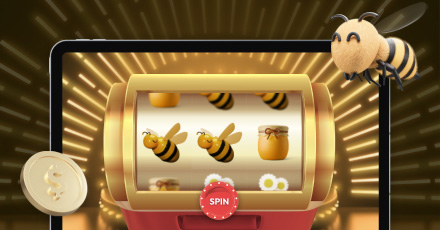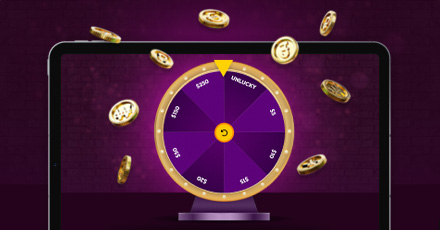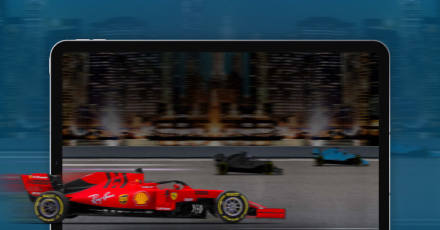Retail loyalty programs have reshaped how businesses connect with their customers. Offering personalized rewards and crafting memorable experiences, these programs strengthen relationships between brands and their shoppers. Rather than focusing solely on transactions, loyalty schemes provide customers with compelling reasons to return, helping retailers deepen connections and increase retention. This article explores how smart loyalty strategies can drive customer engagement, build brand loyalty, and elevate sales.
The Shift Toward Loyalty Rewards Programs in Retail

Retail loyalty programs have become a fundamental part of modern shopping, with brands recognizing their value in creating long-term customer relationships. Shoppers are now seeking more than good deals, desiring experiences that make them feel valued. Loyalty programs help meet these expectations by rewarding customers for their continued engagement. Research shows that customers who join loyalty programs tend to shop more frequently, spend more per visit, and develop a deeper emotional connection with the brand. This connection translates into a higher likelihood of repeat purchases, ultimately driving long-term revenue growth for retailers.
Loyalty programs have evolved significantly from simple point systems. They now often include personalized rewards, exclusive experiences, and interactive elements that create a more exciting shopping experience. Businesses that incorporate gamified elements into their loyalty strategies see a notable increase in customer engagement and satisfaction.
Different Types of Retail Loyalty Programs

When choosing a loyalty program, retailers must find the right fit for their brand and customer base. Offering different types of loyalty schemes helps retailers increase customer engagement and gives shoppers more reasons to choose them over competitors. Here are examples of retail loyalty programs that have proven effective:
- Points-Based Programs: These are the classic type of loyalty program. Customers earn points with every purchase, which they can redeem for discounts, products, or exclusive perks. A great example is Sephora’s Beauty Insider program, where points unlock valuable rewards.
- Tiered Loyalty Programs: In these programs, customers unlock more rewards as they spend more. Higher spending levels lead to more valuable perks, encouraging customers to continue spending. Many fashion retailers and airlines use this model to reward their most loyal customers.
- Paid Loyalty Programs: Some retailers, like Amazon with its Prime membership, charge an upfront fee to join their loyalty program. While there’s a cost, customers see the value through perks like free shipping or exclusive sales.
- Partner Loyalty Programs: Partnering with other businesses allows retailers to offer joint rewards. For example, a supermarket could partner with a gas station, letting customers earn fuel points when they shop for groceries.
- Subscription-Based Programs: Customers pay a recurring fee to access exclusive benefits. This model is ideal for businesses offering regularly purchased products or services, like beauty boxes or fitness apps that offer discounts and perks as part of a membership.
Integrating Gamification into Retail Loyalty Schemes

Gamification is proving to be a powerful addition to loyalty marketing strategies. When retailers use game-like features in their loyalty schemes, they make the shopping experience more fun and engaging for customers. Gamification turns routine transactions into engaging moments, making customers look forward to returning.
BeeLiked offers gamification strategies that are perfect for retail, with tools that engage customers through interactive campaigns. From an exciting Pop the Balloon campaign to an intriguing Mystery Envelope promotion, gamification gives customers an additional reason to interact and stay connected with a brand. Shoppers love instant rewards, and gamified programs tap into that desire. As customers accumulate points or unlock prizes, they experience a sense of achievement, encouraging them to continue engaging with the retailer.
Why Loyalty Marketing in Retail is Important

Loyalty marketing is crucial for retailers who want to retain customers and build meaningful relationships over the long term. Mass marketing techniques are fading, and customers now crave more personalized experiences. Loyalty marketing allows retailers to meet these needs by customizing offers, promotions, and communication based on the shopper’s specific habits. Here’s why loyalty marketing is so effective:
- Personalization: Loyalty programs offer retailers a wealth of data on customer preferences, spending habits, and purchase frequency. Retailers can use this information to create tailored offers that feel relevant and meaningful to each customer.
- Brand Advocacy: Happy customers are more likely to spread the word. When they feel appreciated and rewarded, they’re more inclined to share their positive experiences, either in person or on social media.
- Customer Retention: It’s much cheaper to keep a customer than to attract a new one. Loyalty programs are effective for encouraging loyalty and reducing churn, keeping customers engaged and spending.
Retailers can build loyalty programs that offer more than points, incorporating gamified elements, exclusive experiences, and VIP perks. BeeLiked offers various tools to help brands integrate gamification into the shopping experience and loyalty programs at your store.
Key Elements of a Successful Retail Loyalty Program
A strong retail loyalty program should encourage repeat visits, create brand advocates, and boost customer satisfaction. Here are a few essential components that every program should include:
- Simplicity: The program should be easy to understand. Overly complex rules or difficult-to-redeem rewards can frustrate customers and cause them to lose interest.
- Value: Customers need to feel that their efforts are worth it. Rewards should be desirable, whether it’s discounts, exclusive products, or special experiences.
- Engagement: Ongoing communication is key to keeping customers interested. Regular updates on points, offers, or exclusive opportunities help keep the program on people’s minds.
- Flexibility: Diverse reward options allow customers to choose what best suits their needs, whether that’s discounts, free products, or special perks.
- Gamification: Adding gamified elements, such as quizzes, scratch cards, or contests, can inject a fun factor into your program, encouraging customers to participate more often and feel more connected to the brand.
The Future of Loyalty and Rewards in Retail

Retail loyalty schemes that evolve with trends will keep driving customer retention and loyalty, even as competition heats up. Technology is rapidly changing how retailers engage with their customers, and loyalty programs must be updated. AI-powered personalization, mobile-first experiences, and seamless omnichannel rewards are the next big frontiers in retail loyalty.
Retailers must find the balance between offering innovative features while ensuring their programs are simple and enjoyable for customers. Whether it’s through gamification, personalized promotions, or multi-channel integration, businesses that keep their loyalty programs relevant will continue to see the benefits in customer retention and brand loyalty.
Ready to Elevate Your Retail Loyalty Strategy?
Retail loyalty programs are an essential strategy for building stronger, more meaningful customer relationships. Retailers who invest in personalized loyalty marketing and act fast to deliver meaningful brand interactions for their customers are best aligned to foster long-term loyalty, increase customer retention, and stay ahead in a competitive market. If you’re ready to take your loyalty strategy to the next level, explore how BeeLiked’s gamification solutions for retail can help you engage and retain customers with effective and interactive loyalty rewards programs.
